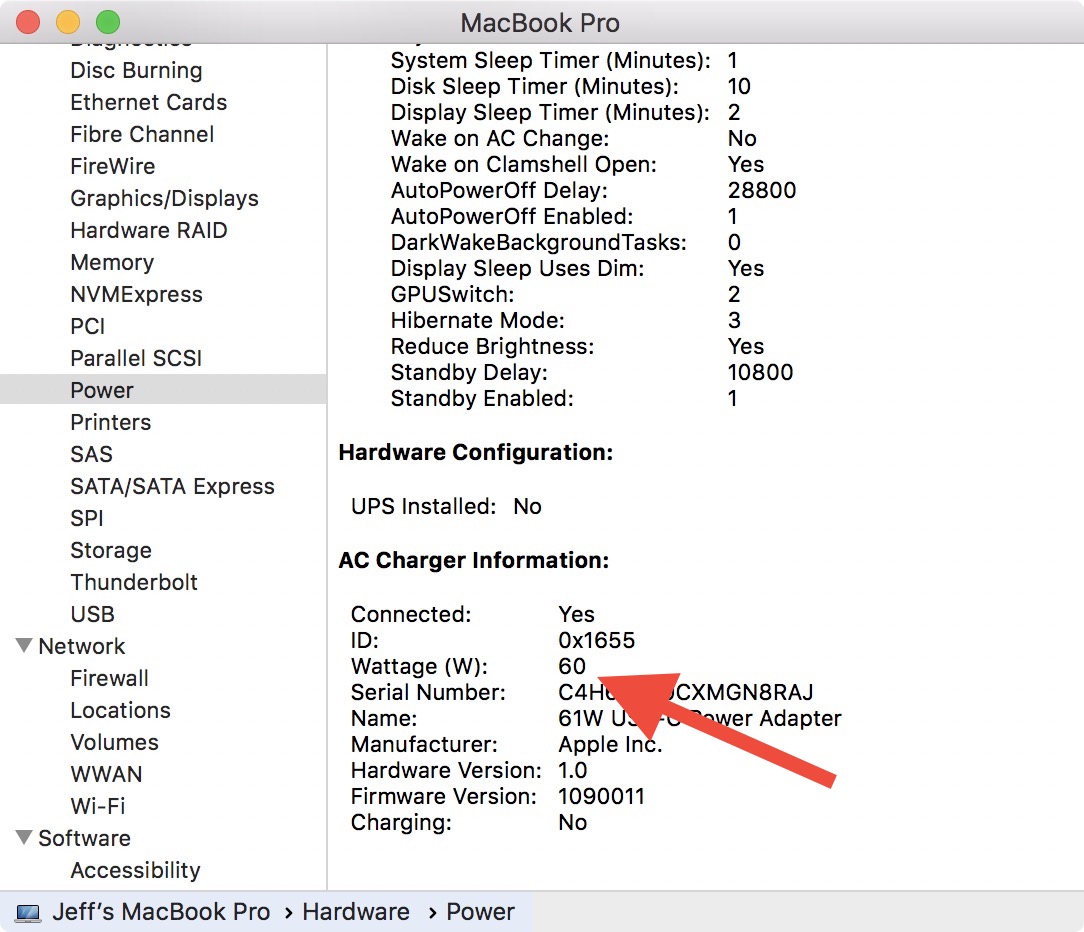Usb C Vs Thunderbolt 3
Thunderbolt™3 and DisplayPort: What You Need to Know. In our last blog, we covered what you need to know to use DisplayPort over USB-C. Let’s talk Thunderbolt 3 to round out our discussion about USB-C and display technologies. Thunderbolt 3 has been dubbed the USB-C that does it all because it handles USB, data, video and power. The Thunderbolt 3 port has the same design as the USB-C port. However, if you were to connect a Thunderbolt 3 cable to a USB-C port you would have restrictions on capabilities. Thunderbolt 3 has greater performance when it comes to speed and video display. The Thunderbolt 3 (USB-C) to Thunderbolt 2 Adapter lets you connect Thunderbolt and Thunderbolt 2 devices — such as external hard drives and Thunderbolt docks — to any of the Thunderbolt 3 (USB-C) ports on your MacBook Pro.
When you look around your house or the office, there’s a high probability of finding a USB cable than anything else. Ever since the computers have become common, the need for rapid data transfer was felt. Although, there have been various modes through which you could transfer your data from one to another device. However, nothing could be more convenient and speedy as the USB. Then, the Thunderbolt appeared on Apple devices.USB and Thunderbolt are two types of media transfer peripherals that fulfil almost the same purposes. However, you may find a significant difference between the data transfer rates of both the cables.
Today, we’re going to point down differences between USB-C and Thunderbolt.What’s the difference between USB-C and Thunderbolt?Now that technology offers you with various options to transfer your data, it is important that you know the differences between the two most popular data transfer cables. Below is the detailed information to explain the difference between both. Looking for the best USB-C monitors? Many companies like Asus, LG and many more have now launched the very popular.Thunderbolt:Now that Thunderbolt 3 is in the market, the cable is largely different than its predecessors, Thunderbolt 2 and the original Thunderbolt, which shared the same cable type. The Thunderbolt 3 offers a connection with state-of-the-art speed and versatility, which is the reason why Apple is majorly using its ports over other media buses.


To be specific, Thunderbolt 3 offers a bandwidth of 40 Gbps, which is double than Thunderbolt 2 at 20 Gbps and four times than the original Thunderbolt that gave 10 Gbps. What made these cables speedy is their active property, meaning that the cables act as a device that requires power to run.
This is one of the biggest reasons why Thunderbolt 2 and the original were amongst expensive solutions as they costed 10 times more than a USB cable.With Thunderbolt 3 launching in 2015, the data transmission speed reached to up to 40 Gbps on active and short cable and up to 20 Gbps on a long and passive cable. Now that Apple Mini DisplayPort connection type has been transformed into a USB-C type port, the Thunderbolt 3 is suitable. Also, the Thunderbolt 3 can work on all the USB C type ports and vice-versa. RevisionYear releasedPort typeTop speedSuper set ofThunderbolt2011Mini DisplayPort10GbpsMini DisplayPortThunderbolt 22013Mini DisplayPort20GbpsThunderboltThunderbolt 32015USB-C40Gbps (short or active cable) 20Gbps (long, passive cable,)Thunderbolt 2 (adapter required,) DisplayPort, PCIe 3rd Gen, USB 3.1USB-C Type:USB-C type is one of the most popular data cables that you may hear very often. What makes this port the best is its size that measures jus 8.4mm x 2.6mm, which makes it to go with almost every peripheral device. Moreover, the Type C USB cable comes with same connectors at both the ends, allowing reversible plug orientation.USB-C has been in use in many devices since its launch in 2015. Almost every device that uses USB 3.1, uses the USB-C port and getting a whopping up to 10 Gbps data transfer speed.
Usb-c Vs Thunderbolt 3 Speeds
One of the major benefits of USB Type C is that it is able to deliver power output of up to 20 volts (100 watts) and 5 amperes. All product names, trademarks and registered trademarks are property of their respective owners. All company, product and service names used in this website are for identification purposes only.

Use of these names, trademarks and brands does not imply endorsement.Disclaimer Last updated: January 30, 2019 The information contained on blogs.systweak.com website (the 'Service') is for general information purposes only. Systweak Blogs assumes no responsibility for errors or omissions in the contents on the Service. In no event shall Systweak Blogs be liable for any special, direct, indirect, consequential, or incidental damages or any damages whatsoever, whether in an action of contract, negligence or other tort, arising out of or in connection with the use of the Service or the contents of the Service. Systweak Blogs reserves the right to make additions, deletions, or modification to the contents on the Service at any time without prior notice. Systweak Blogs does not warrant that the website is free of viruses or other harmful components. External links disclaimer blogs.systweak.com website may contain links to external websites that are not provided or maintained by or may not be in any way affiliated with Systweak Blogs Please note that the Systweak Blogs does not guarantee the accuracy, relevance, timeliness, or completeness of any information on these external websites.Keep in mind that we may receive commissions when you click our links and make purchases.
However, this does not impact our reviews and comparisons. We try our best to keep things fair and balanced, in order to help you make the best choice for you.